Historic Boston Tours
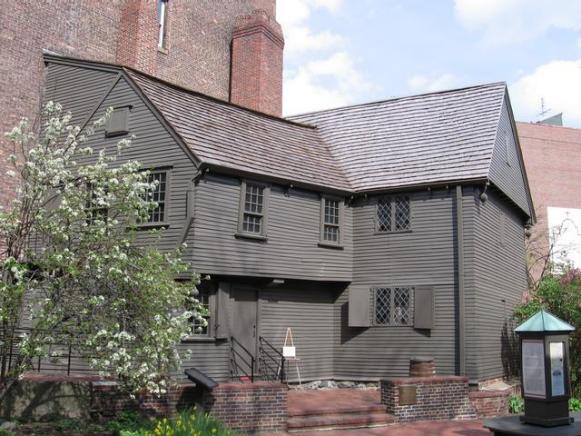
It's been well over 2 centuries since Boston's streets rang with the clomping of hooves and the cries of Paul Revere. But a visit to Boston quickly brings these historic events to life. The city pays homage to the nation's struggle for independence with well-preserved sites. At one of these stops you may meet Nathaniel Balch, an 18th-century hat maker, well-known wag and friend of John Hancock. Balch, or, we should say, Boston tour guide and colonial re-enactor Bob Jolly, offers these tips to explore Boston's rich history.
Boston’s Freedom Trail
It’s easy to explore Boston's historic sites thanks to the Freedom Trail, a path founded in 1951 by a local journalist, William Schofield. Follow the trail on your own or take part in a walking tour via the Freedom Trail Foundation. The tour, led by a colonial re-enactor, guides you through Boston's famous sites, including Paul Revere's wooden 2-story home, the Boston Common park (the oldest park in the country) and the Old South Meeting House, where a rowdy meeting of angry colonists inspired the Boston Tea Party’s start. "So many people were crowded into that meeting that people were standing outside,” says Jolly. “When we're here, we're standing outside like people did in December 1773."
Boston’s Granary Burying Ground
Boston’s Granary Burying Ground lures you back in time. Founded in 1660, it’s the final resting place for more than 2,300 people. "All the big guys are buried in the Granary," says Jolly. Stroll past the crowded headstones and markers of Revolutionary War-era leaders, such as John Hancock, Paul Revere and Samuel Adams. Like Adams and Hancock, a third signer of the Declaration of Independence, Robert Treat Paine, is also buried here. So are Benjamin Franklin’s parents, whose graves are marked by an obelisk. Given this rich history, Jolly advises you give yourself at least 30 minutes to explore the grounds.
Boston Pirates and Patriots Tour
In the 1770s, General George Washington hired privateers to protect Boston Harbor. "General Washington had to send out privateers to harass the British Navy," says Jolly, because the fledgling colonies didn't have a navy for protection. The privateers harassed British ships through pirating techniques, such as boarding ships and capturing boats, soldiers and goods on board. "This is the real history of the high seas at the beginning our country," says Jolly.
A Pirates & Patriots tour begins in front of Faneuil Hall Marketplace, a marketplace and meeting hall since the 1740s. The tour then heads to the Boston Harbor waterfront at Fort Point Channel, where goods such as tea once arrived. The tour ends at the Boston Tea Party Museum, which pays homage to colonists’ act of dumping taxed tea into the harbor. The museum, set to reopen in June 2012 following a renovation, will showcase a tea party re-enactment area, an 18th-century waterfront tavern and restored full-size replicas of all 3 ships involved in the Boston Tea Party: the Beaver, Eleanor and Dartmouth.
Boston's cobble-stoned streets and carefully restored brick buildings make it an ideal stop for travelers hungry to discover American history. Follow the trail to experience traces of Boston's vibrant historic past.
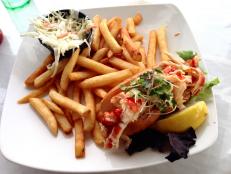



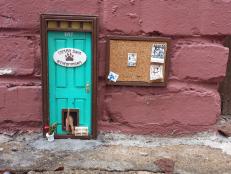
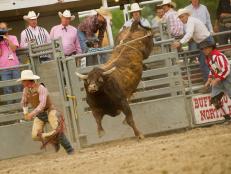
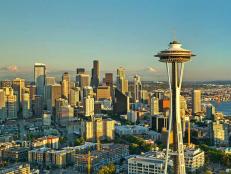
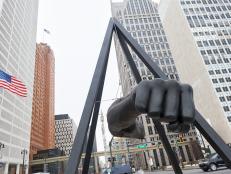
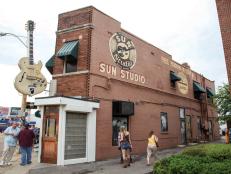
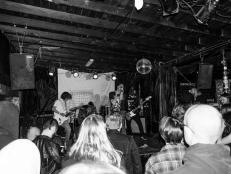

















.jpg.rend.hgtvcom.231.174.suffix/1674758726773.jpeg)











